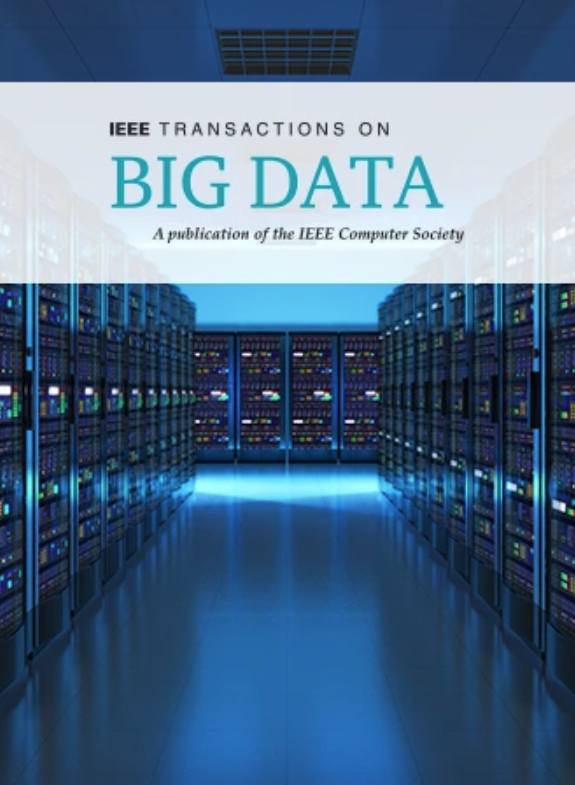ConDTC: Contrastive Deep Trajectory Clustering for Fine-Grained Mobility Pattern Mining
IF 7.5
3区 计算机科学
Q1 COMPUTER SCIENCE, INFORMATION SYSTEMS
引用次数: 0
Abstract
Trajectory clustering is a cornerstone task in the field of trajectory mining. With the proliferation of deep learning, deep trajectory clustering has been widely researched to mine mobility patterns from massive unlabeled trajectories. Nevertheless, existing methods mostly ignore trajectories’ temporal regularities, which are essential for mining fine-grained mobility patterns for applications including traveling group identification, transportation mode discovering, social security emergency, etc. To fill this gap, we propose ConDTC, a contrastive deep trajectory clustering method targeting for fine-grained mobility pattern mining. Specifically, we first design a spatial-temporal trajectory representation learning method which can capture both spatial and temporal regularities of trajectories synchronously. The proposed trajectory representation model can be used as a pre-trained model to serve various downstream trajectory mining tasks. Then, we construct a contrastive trajectory clustering module which optimizes trajectory representations and clustering performance simultaneously. Experimental results on three datasets validate that ConDTC can identify fine-grained mobility patterns by clustering trajectories with similar spatial-temporal mobility patterns together while separating those with different mobility patterns apart. Actually, ConDTC outperforms all state-of-the-art competitors substantially in terms of effectiveness, efficiency and robustness.求助全文
约1分钟内获得全文
求助全文
来源期刊

IEEE Transactions on Big Data
Multiple-
CiteScore
11.80
自引率
2.80%
发文量
114
期刊介绍:
The IEEE Transactions on Big Data publishes peer-reviewed articles focusing on big data. These articles present innovative research ideas and application results across disciplines, including novel theories, algorithms, and applications. Research areas cover a wide range, such as big data analytics, visualization, curation, management, semantics, infrastructure, standards, performance analysis, intelligence extraction, scientific discovery, security, privacy, and legal issues specific to big data. The journal also prioritizes applications of big data in fields generating massive datasets.
 求助内容:
求助内容: 应助结果提醒方式:
应助结果提醒方式:


